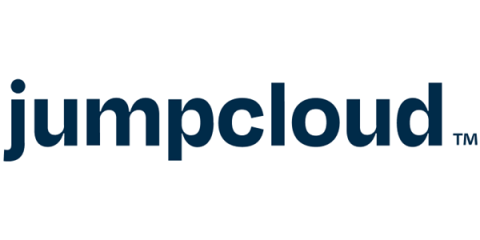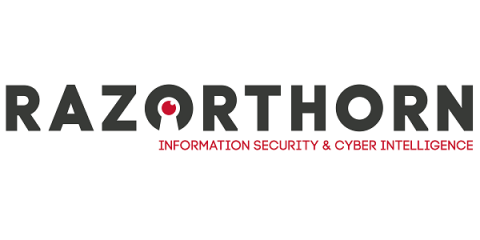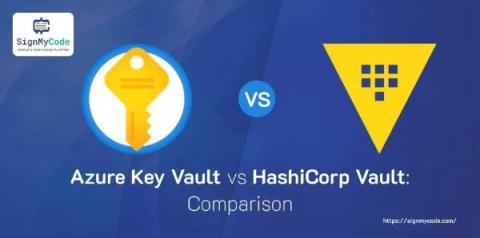How to Defend Against Modern Phishing Attacks
Phishing isn’t what it used to be. Older, popular scams — like grammatically incorrect love letters and mysterious princes who just need a little money — have given way to sophisticated and dangerous social engineering attacks. In fact, phishing has become so prevalent and effective that it is one of the three primary ways hackers compromise credentials.











